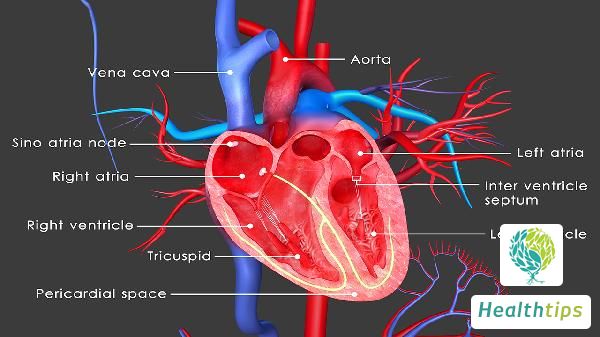"What is Iris Detection and How Does It Work?"
It is well known that the structure of the human eye comprises components such as the sclera, iris, pupil lens, retina, and others. The iris is one of the most crucial parts of the human eye, not only enabling us to see light but also facilitating personal identification. Based on this principle, researchers have developed iris detection technology for medical research, primarily used for detecting and recognizing human irises, which then leverages medical principles to diagnose and treat individuals with eye diseases.

How Iris Detection is Done
1. Image Acquisition: Utilize specific digital cameras to capture images of an individual's entire eye region, transmitting the captured images via an image acquisition card to a computer for storage.
2. Image Preprocessing: As the captured eye images often contain redundant information and may lack clarity, preprocessing operations including image smoothing, edge detection, and image segmentation are necessary.
3. Feature Extraction: Unique feature points are extracted from the segmented iris image using specific algorithms and encoded for further processing.
4. Feature Matching: The encoded features are compared and validated against pre-stored iris image feature codes in a database, achieving the purpose of recognition.
Advantages and Disadvantages of Iris Detection
Advantages:
- No direct contact required
- Irreplaceable uniqueness
- No maintenance required for equipment, high efficiency
- Fast recognition speed
Disadvantages:
- High cost, difficult to promote
- High probability of image distortion by lenses, reducing sampling reliability
- Requires a combination of hardware and software
- Must be performed within a specified distance
Development of Iris Detection Instruments
1. Pure Optical Instruments: As the initial iris detection tools, these initially used ordinary magnifying glasses, relying on external ambient light as the light source. Insufficient ambient light significantly impacted detection, and high proficiency was required of iris specialists. With wider adoption, professional iris instruments emerged, still utilizing pure optical magnifiers but equipped with examination lights to enable clearer iris observation.
2. Optical + Electronic Instruments: Advances in electronic technology integrated optics with electronics, evolving into the second-generation iris scanners. These consist of optical components for the lens and electronic elements for signal acquisition/conversion, even temporary storage, displayed via display instruments.
3. Optical + Electronic + Computer Technology: The advent of computers significantly propelled societal progress and ushered in the era of intelligent iris scanners, making iris diagnosis accessible to a broader audience. No professional training is needed; computers automate diagnosis and analysis (Iris Wizard), eliminating the need to memorize iris charts. Client profiles, test data can be stored, and diagnosis reports printed. USB connectivity with computers eliminates the need for external power sources, allowing for use with laptops in various environments.



















